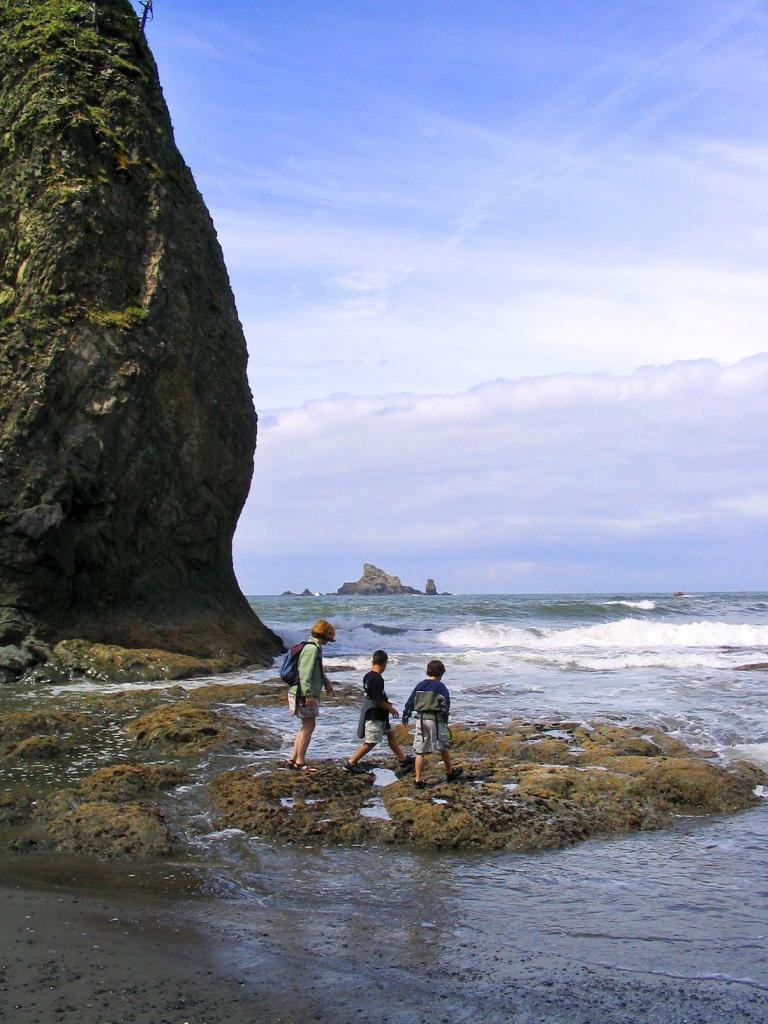Estimated reading time: 6 minutes

Beachcombing in the Pacific Northwest is a sensory-rich experience. It combines the meditative allure of the ocean with the thrill of unearthing natural treasures. From Washington’s Olympic Peninsula to Oregon’s wild coastal headlands, the region’s rugged beauty offers ideal terrain for this rewarding pastime. As waves roll in from the Pacific, they bring with them fragments of distant places—sea glass, agates, driftwood, shells, and even fossils. These treasures are waiting to be discovered by sharp-eyed beachcombers.
In addition to its treasure-hunting appeal, beachcombing provides tangible health benefits. Walking on sand offers low-impact exercise that supports cardiovascular wellness. Meanwhile, the salt-infused coastal air may help improve respiratory function and reduce stress. The vast horizons and cool marine breezes make beachcombing both restorative and invigorating for body and mind.
However, it is essential to be aware of local regulations. Many state parks and public beaches have strict conservation rules in place to protect their ecosystems. Collecting driftwood, shells, or rocks may be prohibited or limited to certain zones. Therefore, visitors should always review posted signage and regional guidelines before taking any natural item. For those ready to explore responsibly, the following seven beaches offer some of the best beachcombing opportunities in the Pacific Northwest. Each comes with its own distinct charm and discoveries.
Rialto Beach, Olympic National Park, Washington

Located near the town of Forks, Rialto Beach is part of Olympic National Park. It is known for its dramatic sea stacks, dense driftwood deposits, and roaring surf. Its remote setting and powerful wave action make it ideal for uncovering tide-polished agates, shell fragments, and intriguing bits of ocean debris. Framed by an ancient forest, the rugged coastline gives the entire beach a wild and otherworldly atmosphere. Leashed dogs are allowed, adding to the appeal for adventurous pet owners.
Bandon Beach, Bandon, Oregon

Situated along Oregon’s southern coast, Bandon Beach is a public beach famous for its otherworldly sea stacks, intricate tide pools, and expansive sandy stretches. The beach is a favorite among agate hunters. Orange, red, and amber varieties are frequently found after storms. Shells, colorful stones, and driftwood are also common finds. Bandon’s windswept cliffs and misty mornings provide an atmospheric backdrop for exploration. Leashed dogs are permitted and welcome.
Ruby Beach, Olympic National Park, Washington

Ruby Beach, located off Highway 101 in Olympic National Park, is renowned for its reddish sand, scattered sea stacks, and dramatic tide lines. At low tide, beachcombers can discover barnacle-encrusted driftwood, sea urchin tests, and the occasional ruby-hued agate. These features give the beach its name. This beach’s natural beauty and dynamic intertidal zone make it one of the most photographed and combed areas in the state. Dogs are allowed on leash, making it a pet-friendly option.
Cannon Beach, Oregon

Located in the charming town of Cannon Beach, this public beach is famous for Haystack Rock and its surrounding tide pools. While the beach attracts visitors for its views and wildlife, it also yields a variety of sea glass, small fossils, and shells after high tide. The broad shoreline allows ample space for long, leisurely walks and careful beachcombing. Dogs are allowed on leash, and many local businesses welcome four-legged companions.
Agate Beach State Recreation Site, Newport, Oregon

Just north of Newport, Agate Beach State Recreation Site deserves its name for the colorful agates that wash ashore. After winter storms, beachcombers can find polished stones in hues of orange, white, and translucent blue. The beach also offers sweeping views of the Yaquina Head Lighthouse and opportunities to spot whales offshore. It’s a quiet and spacious location ideal for meditative searching. Dogs are welcome on leash.
Shi Shi Beach, Makah Reservation, Washington

Shi Shi Beach, located within the Makah Reservation and Olympic National Park, is accessible via a forested trail. This trail leads to a stunning, secluded shoreline. Known for its solitude and scenic beauty, this beach often reveals driftwood, unique rocks, and marine debris along its tide lines. The Point of Arches at the southern end adds a surreal element to the landscape. Permits from the Makah Tribe are required. Visitors must respect tribal land rules. Leashed dogs are allowed.
Cape Lookout State Park, Tillamook County, Oregon

Cape Lookout State Park, located between Netarts and Pacific City, is a forested headland. It features a long stretch of beach ideal for shelling and agate hunting. Storm surges deposit unusual finds along the shore, including fossil fragments and ocean-tumbled wood. The park’s combination of forest trails and beachfront access allows visitors to pair their beachcombing with scenic hikes. Leashed dogs are permitted throughout the park, including the beach.
Beachcombing in the Pacific Northwest rewards patience, curiosity, and respect for nature. From remote stretches of pebbled shore to iconic sea stacks battered by waves, each beach offers a glimpse into the ocean’s secrets and the region’s geological history. As tides rise and recede, they reveal a constantly changing landscape ripe for exploration. Whether visitors are seeking rare agates, reflecting amid sea-carved cliffs, or simply savoring a walk in the brisk salt air, the beaches of Washington and Oregon invite a deeper appreciation for the wild character of the Pacific Coast.
Visitors should always check beach regulations before taking home any finds to ensure they comply with local conservation laws. For more about living your best beach life, visit Beach Homes Lifestyles.

